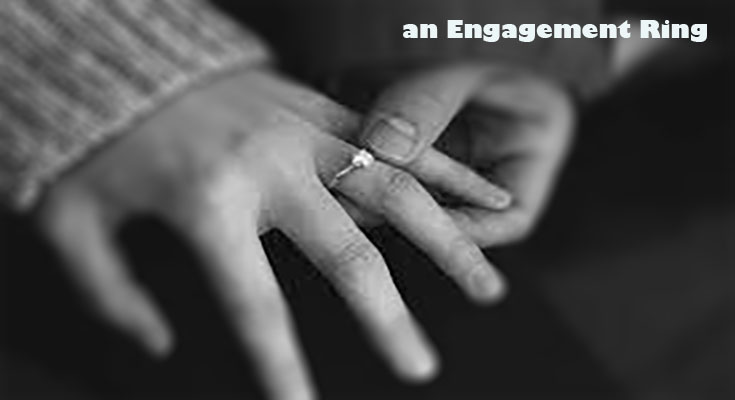There are some basic things you should consider before buying an engagement ring. This article will discuss the diamond, setting style, and metal.
Choosing a Diamond
Choosing a diamond for an engagement supper is not a trivial task. Many men are stressed out about the process of selecting the perfect ring for their ladylove. However, the process can be fun and rewarding if you know how to narrow down your choices. The first step in choosing a diamond is to decide on the shape of the stone. The three common shapes of diamonds are oval, round, and princess.
Choosing a diamond shape is important because it determines brilliance and quality. A diamond that has an excellent cut grade is the best choice. The cut is a factor that affects the price of the diamond. Therefore, choosing a diamond with a good grade will save money.
Before buying a diamond, make sure to research the qualities of diamonds. They will help you decide which stone will look best in your ring and fiance. You should also ask for a GIA report of the diamond.
Choosing a Setting Style
The setting style of moissanite engagement rings can change the overall appearance and style of the ring. It can range from a modern, sporty look to a more traditional style. There are many settings, including claw, cluster, and rub over. However, most are variations of the claw style. Choosing a style that matches your personality is an excellent way to make your ring special.
Before choosing a setting style, deciding what type of diamonds you want is essential. There are many kinds of diamonds available, each with other characteristics. For example, a halo setting will make a center stone look larger, and a pave setting will make the center stone sparkle more.
If your partner is an outdoor person or loves nature, an organic setting may be more her style. Likewise, a lower diamond setting is best if she is very active. Similarly, a bezel setting will protect the diamond and help prevent it from getting damaged. Alternatively, if your partner is a romantic, she might like a ring embellished with scrollwork or milgrain details.
Choosing a Metal
Choosing the suitable metal for an engagement ring is an important decision. The metal must suit the design and the gemstones that are being set. It should also be appropriate for the wearer’s lifestyle. Many people decide on the setting metal based on their personal preferences. For example, they might prefer white gold, platinum, or yellow gold. Others may want to choose rose gold.
Yellow gold was once the most popular metal for engagement rings. However, white gold has now overtaken it as the most popular choice. However, yellow gold still has its advantages. Yellow gold works well with colorless diamonds and traditional solitaires, as the yellow tone helps highlight the stone’s brilliant sparkle.
Silver is a light-colored metal, while white gold has a white appearance. As a result, silver will tarnish over time. White gold, however, is durable and looks good with most gemstones. It also complements cool-colored stones. If you have a limited budget, silver can also be an excellent choice, but be sure to check that it is nickel-free and plated with rhodium. Silver is not a good choice for engagement rings for people with nickel allergies. Furthermore, silver is not durable enough to be worn daily.
Choosing a Center Stone
Choosing a center stone for an engagement ring is a crucial decision. The stone will be the focal point, and you want it to be durable as possible. At the same time, some stones are the hardest gemstones and are unlikely to scratch easily. Other options include ruby, sapphire, spinel, and lab-grown moissanite.
Whether you want a solitaire ring or a three-stone setting, you’ll need to decide on the stone shape and size. Diamonds are the most popular, but other stones can also be used to customize the ring’s look. Round brilliant and princess-cut diamonds are the most popular diamond shapes. You can also choose to add colored side stones. Antique engagement rings are also available and often feature elaborate details.
You should choose stones within the same color range. This will ensure that the stones look good together. Also, the side stones should be smaller than the center stone.





